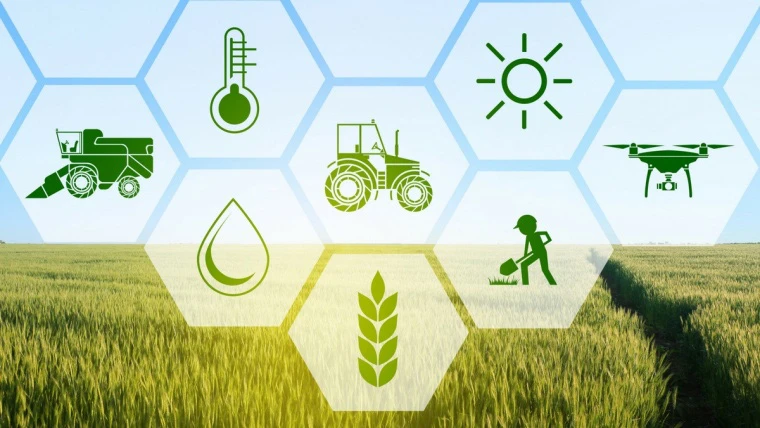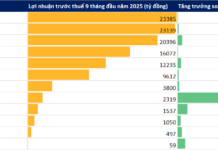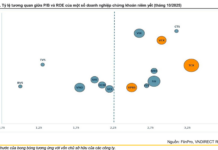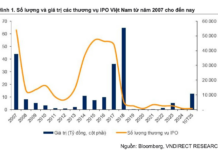
On September 10, 2024, at the forum “Realizing the National Strategy for Green Growth in Vietnam: Promoting Green Finance” (organized by the Journal of Economics and Forecasting under the Ministry of Planning and Investment in Hanoi), speakers emphasized the urgency of transitioning to a green growth model in the context of unpredictable climate change.
To achieve net-zero emissions by 2050, Vietnam needs approximately USD 330-370 billion. According to the Ministry of Natural Resources and Environment, the financial requirement for emission reduction measures in each sector, in line with Vietnam’s environmental commitments by 2030, is about USD 68.75 billion. Of this, domestic sources account for about USD 24.722 billion, or 36%, and the expected international support is about USD 44.028 billion, or 64%.
At the workshop, Mr. Le Hoang Lan from the Finance and Monetary Policy Department, Ministry of Planning and Investment, shared that policies and orientations for the development of green finance, green credit, and green bonds have been fairly comprehensive. Moreover, international partners are willing to pay a premium for products manufactured according to green standards in Vietnam.
“However, businesses still face challenges in the green transition process. Current green projects are scattered and fragmented, mostly organized by sector or industry, lacking a comprehensive support mechanism for new and breakthrough green technologies,” the expert emphasized. “The main challenge for investing enterprises is staying updated with market analysis information, making appropriate project and location choices, and collaborating with government agencies and other businesses to implement key projects.”
Sharing a similar view, Ms. Diep Thi Kim Hoan, Director of Sustainable Development at DEEP-C Industrial Park Complex, pointed out several difficulties for businesses in accessing green finance, including a lack of information about green credit providers and the actual financial costs.
“Incentivizing Green Loans: Accelerating the Transition to a Sustainable Future”
According to the World Bank’s estimates, Vietnam requires approximately $368 billion during the period of 2022-2040 (around 6.8% of GDP annually) to build resilience and decarbonize, aiming for net-zero emissions. In response to this substantial capital need, the banking sector, as the lifeblood of the economy, has implemented numerous initiatives to facilitate the country’s economic greening process.






































